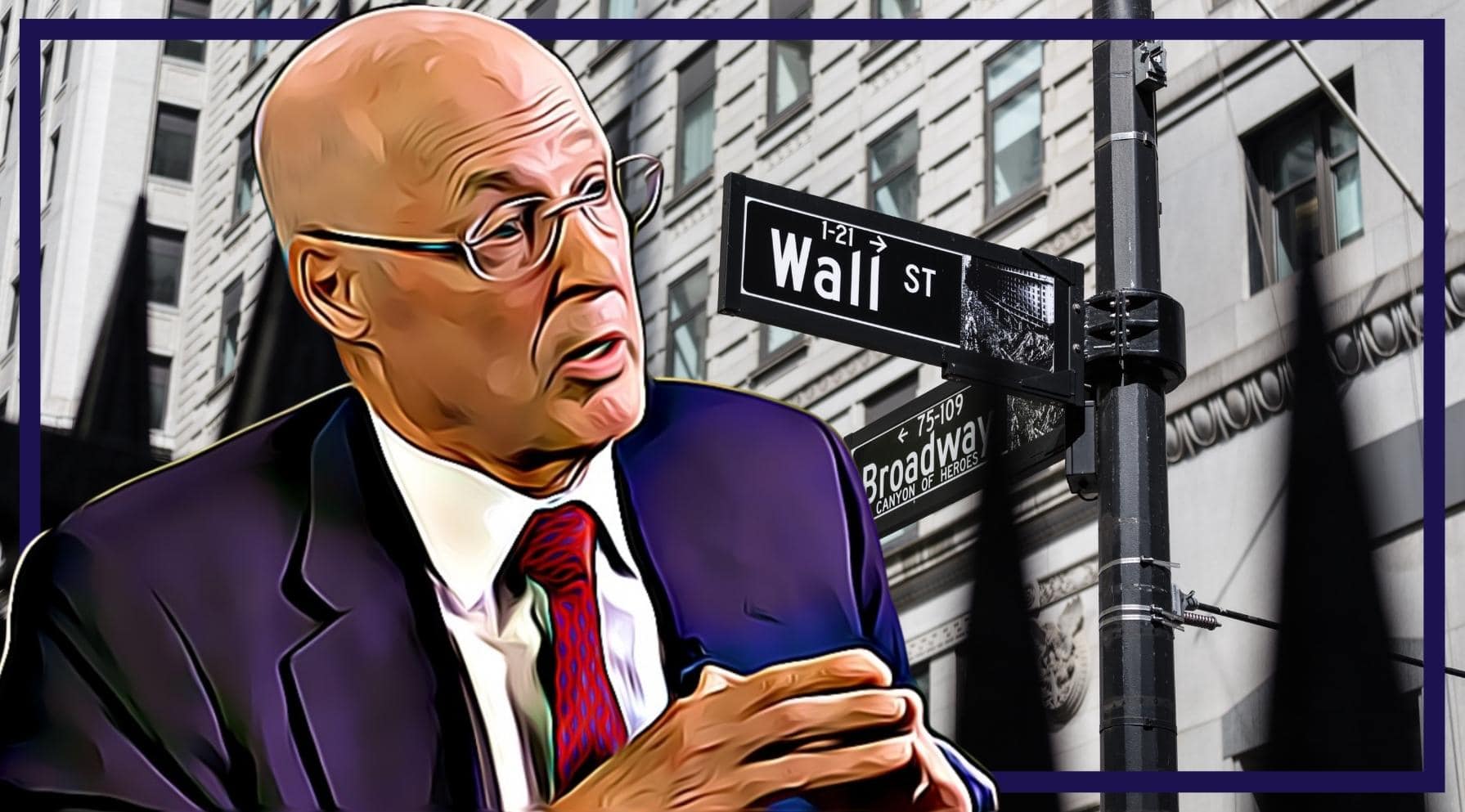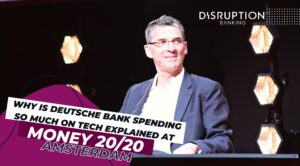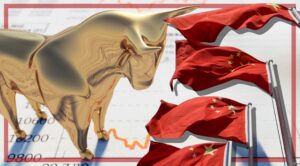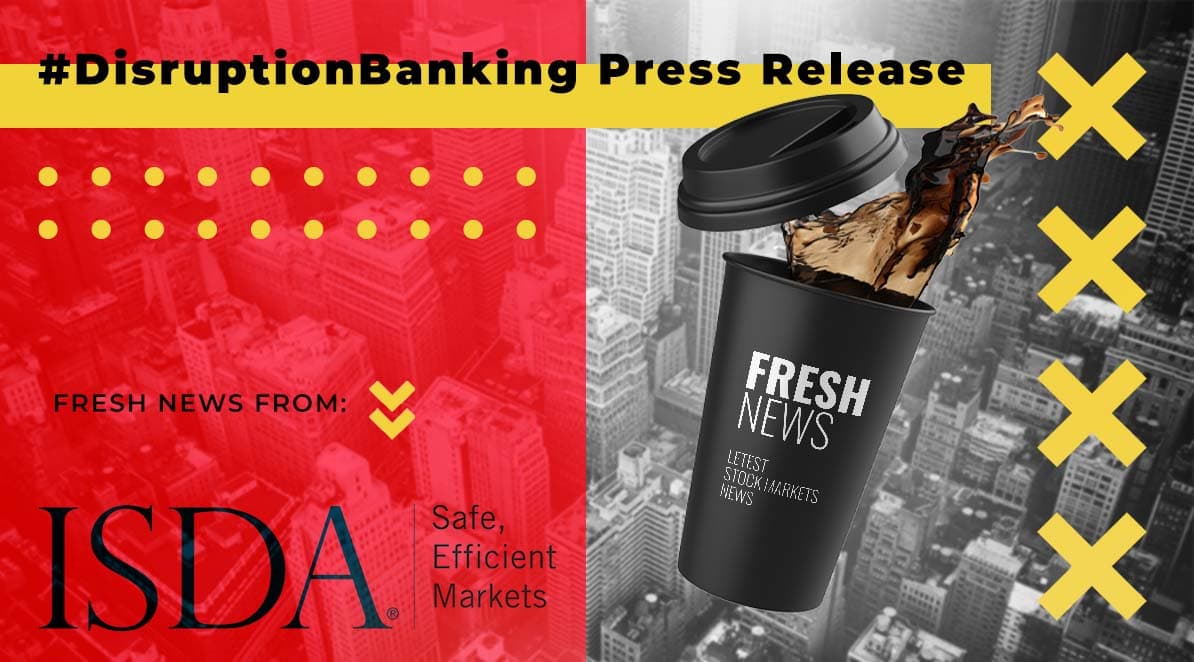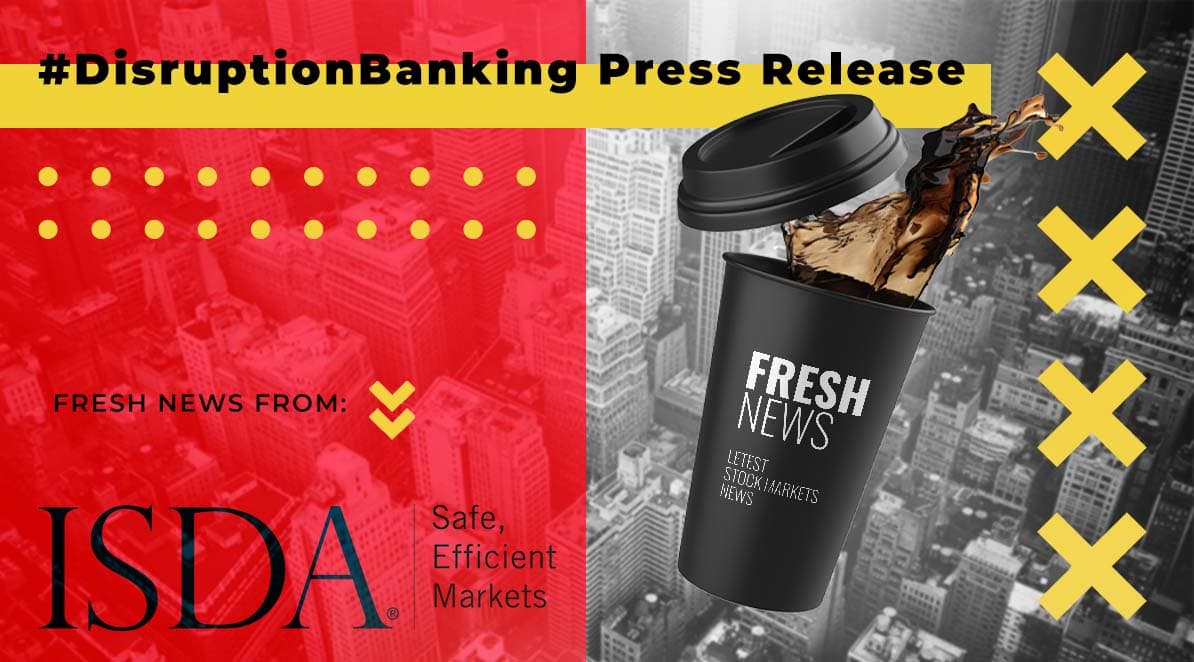Henry Paulson, also known as Hank Paulson, gained notoriety when he switched roles in 2006 – moving from being the Chief Executive Officer of Goldman Sachs to Secretary of Treasury under George Bush. A questionable move, perhaps, after a successful banking career with few indications that he wanted to be a politician. But who really is Henry Paulson? Why did he transition from a $16 million a year role at Goldman Sachs to a relatively meagre $183,500 as Secretary of State? What is he doing now?
Weird: All the "people" in this story who find it easier to care for nature when it's financialized seem to be called Henry Paulsonhttps://t.co/gvvGI3Qjw4 https://t.co/LaZN3hb1D2 pic.twitter.com/gDDi9YO6wv
— Benjamin Braun (@BJMbraun) September 24, 2020
To discuss Hanks’ transition, it’s crucial to appreciate his involvement with synthetic Collateralised Debt Obligations (CDO). Introduced in the early 2000s, CDOs allowed investments in non-cash assets to gain exposure to a portfolio of fixed-income assets. They are a structured product that repackages cash-generating assets into pools that are then sold to investors. Initial investments into the CDO are made by the lower tranches, while the senior tranches may not have to make an initial investment.
Synthetic CDOs have been highly criticised for contributing to the 2008 financial crisis. CDOs were encouraged by Goldman Sachs and other major banks. Paulson was CEO from 1999 to 2006 during the pushing of CDOs.
The Financial Crisis Inquiry Report, released by Washington in 2010, investigated the origins of the 2008 financial crisis. This report described synthetic CDOs as a complex derivative financial security – sometimes described as a bet on the performance of other mortgages (or other) products, rather than real mortgage security.
After the finical crisis, New York Times released an article commenting: “Pension funds and insurance companies lost billions of dollars on securities that they believed were solid investments, according to former Goldman employees with direct knowledge of the deals who asked not to be identified because they have confidentiality agreements with the firm.
“Goldman was not the only firm that peddled these complex securities — known as synthetic collateralised debt obligations, or CDOs — and then made financial bets against them, called selling short in Wall Street parlance.”
This resulted in Goldman Sachs releasing its own letter in response:
“Synthetic CDOs were popular with many investors prior to the financial crisis because they gave investors the ability to work with banks to design tailored securities which met their particular criteria, whether it be ratings, leverage or other aspects of the transaction.
“The buyers of synthetic mortgage CDOs were large, sophisticated investors. These investors had significant in-house research staff to analyse portfolios and structures and to suggest modifications. They did not rely upon the issuing banks in making their investment decisions.”
When discussing Paulson’s career, it’s also imperative to reference Fabrice Tourre, the former Goldman trader found guilty of a mortgage fraud that cost investors $1 billion. Fabrice became an infamous figure on Wall Street in the 2008 crisis for being behind Abacus 2007-AC1 (the abacus transaction CDO is essentially a managed, unregulated investment fund whose assets can be anything).
In the case of the Abacus 2007-AC1 deal, the assets were a portfolio of credit default swaps (CDS). The Abacus CDO was the securitisation of a group of CDS positions: if it has cash flow, it can be securitised. The Abacus CDO was selling CDS protection to mortgage-backed securities (MBS). As long as there was not a credit event with the MBS, the protection buyer, in this case, John Paulson, would pay protection premiums to the CDO. Hedge fund billionaire John Paulson was a notable player involved in synthetic CDOs, who requested for synthetic CDOs to be made and who later benefited from the 2008 crisis. The Financial Times described John Paulson as: “the hedgie who was busy shorting subprime every which way he could find at the time.”
Hank Paulson’s change to the Secretary of Treasury was a surprising career move for many onlookers, especially as the US government requires its most senior leaders to liquidate all of their stock holdings prior to taking office so that personal gains are prevented. This meant Paulson had to liquidate his 1% stake in Goldman Sachs, during high stock market rallies. In addition, Paulson’s annual salary at Goldman Sachs typically ranged from $16 million to $40 million.
By taking on the role of Secretary of Treasury Hank took a considerable pay cut to $183,500 per annum, after climbing the ranks at Goldman Sachs for 32 years. However, it’s important to note a loophole. In 1989, in a bid to encourage high-profile individuals to move from the private to the public sector, the US government created a loophole allowing a candidate to liquidate their entire portfolio without paying anything in capital gains taxes. This was no doubt an attractive proposition for Paulson, whose entire $500 million portfolio would have otherwise been subject to full taxation.
Although a year after taking the role the share price in Goldman Sachs rose from $152 to $236, meaning Hank’s 1% would have been worth up to $755 million, the after year the financial crisis began. Goldman’s shares plummeted by 77.5%, to $53.31. Hank’s stock would have shot up before coming down to $170million during the crisis. Therefore, by taking the role as Secretary of Treasury, it has been estimated Hank has saved anything from $200 to $400 million.
Paulson was nominated for Secretary of Treasury by George Bush, who praised Hank in his nominal speech: “He’s earned a reputation for candour and integrity. And when he is confirmed by the Senate, he’ll be a superb addition to my Cabinet.”
However, journalists argue Hank never left his Wall Street job behind, as he continued to share government plans in secret with Wall Street giants. In 2008, he shared with them the government’s plans to take mortgage giants Fannie Mae and Freddie Mac into conservatorship and wipe out the majority of stakeholders, a stark contradiction to what Paulson publicly announced: that they would remind privately owned.
The new CEO of Goldman and Sachs, Lloyd Blankfein, kept in close contact with Paulson – as Paulson himself shares in his memoir. One incident saw the Bush administration help JP Morgan buy Bear Stearns, as Goldman was exposed to its debt. Paulson, in close dialogue with Blankfein, used his position as a public servant to save Bear Stearns. Indeed, the Treasury agreed to make taxpayers responsible for up to $30 billion in Bear’s bad debts, then a record bailout.
Then, in mid-September of 2008, to prevent bankruptcies by Goldman and JP Morgan, the Bush administration allowed the firms to incorporate as bank holding companies. This gave them access to a lifeline of extremely cheap loans from the Federal Reserve. Bloomberg reported that those loans to faltering banks totalled $1.2 trillion and created $13 billion in excess profits for banks like Goldman.
Questions remain as to why Bush nominated Hank, considering he never previously spoke of becoming a public servant. The admission of Paulson as Secretary of Treasury is similar to the appointment of Donald Regan, the CEO of Merrill Lynch, who also became the Secretary of Treasury under President Ronald Reagan.
There were many "terrifying" moments in the financial crisis, says former U.S. Treasury Hank Paulson.
— Bloomberg TV (@BloombergTV) December 22, 2019
Watch the full interview on The David Rubenstein Show ➡️ https://t.co/kELNRRHwZv pic.twitter.com/jVXQeKjhbT
After the crisis, Paulson and Goldman Sachs pushed for the title of Global Systematically Important Bank (GSiB). GsiBs are classified as those whose systemic risk profile is deemed to be of such importance that the bank’s failure would trigger a wider financial crisis and threaten the global economy.
Goldman Sachs has now bought retail bank Marcus to the UK, with promises of higher interest rates of 1.5% on their savings. The digital bank debuted in September 2018 and has gained more than 500,000 customers since then. Goldman’s debut of Marcus into retail banking abroad is a big change in retail banking’s history. In 2018 CNBC reported the US Marcus has over 2 million customers and issued $4billion in loans.
Goldman’s managing director Des David said: “We said we’d put the interest back into savings” and Marcus has “exceeded every expectation.” CNBD report the extension of the Fed’s power is making some people nervous, including taking on climate control. Christopher Whalen, a Fed veteran, argued: “Since 2008, they have capitulated on so many fronts I don’t even recognise the institution anymore. The bank I worked for is gone.”
Hank left his role as Secretary of Treasury in 2009, a year after the financial crisis hit. Since then, Paulson has founded the Paulson Institute, a green finance centre that “supports the greening of the financial system by moving green finance from a philanthropic niche to the mainstream of markets—with the recognition that China must be a key role player in this movement.”
Henry Paulson tells #FTLive that if financial institutions did a better job of analysing and looking at impact of investing and lending decisions that impact the environment, and disclosed that info, that would make a huge difference to #biodiversity https://t.co/mMXNOgPN17 pic.twitter.com/xelkEXiARr
— Global Canopy (@GlobalCanopy) June 8, 2021
In an interview with the FT, Hank argued institutions should analyse the environmental impact of their loans and investments and subsequently disclose that information. The Paulson Institute states that: “fintech can provide the solutions to take green finance online and promote more sustainable behaviours.”
Hank Paulson has had a varied career in multiple roles on Wall Street and at the White House. His involvement in the 2008 crisis and Goldman Sachs’s involvement in synthetic CDOs did not impede him financially or his career, which continues going strong to this day. Is this yet another indication of the strong ties between the government and Wall Street?
Author: Bronwen Latham
#HankPaulson #GoldmanSachs #USTreasury #FederalReserve


